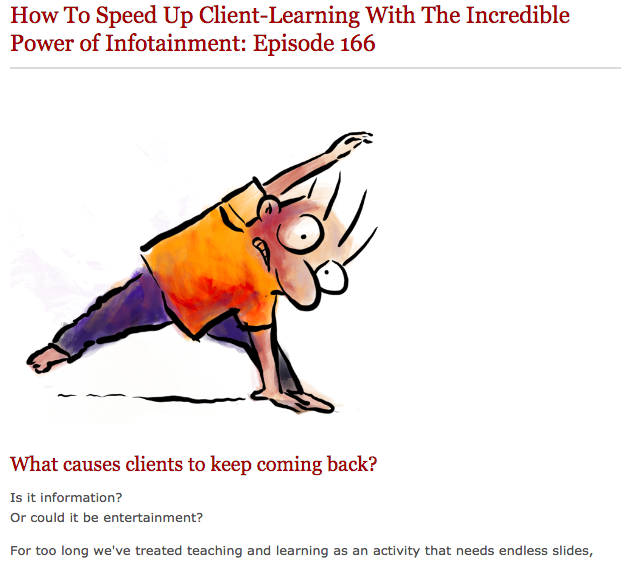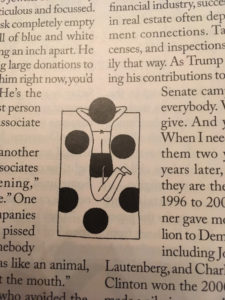I read an article yesterday about a new title for an old book.
The old book was written by Aristotle around 350 BC. It has been known for the roughly 2,372 years since as The Nichomachean Ethics.
But a new edition of the book has just been put out by Princeton University Press. The new title is, “How to Flourish: An Ancient Guide to Living Well.” From that article I read yesterday:
“The volume is part of a series of new translations of ancient texts. Aristotle’s Poetics, for instance, is now ‘How to Tell a Story: An Ancient Guide to the Art of Storytelling for Writers and Readers,’ and Thucydides’ ‘History of the Peloponnesian War’ is now ‘How to Think About War: An Ancient Guide to Foreign Policy.'”
This reminded me of E. Haldeman-Julius. A hundred years ago, Haldeman-Julius had a publishing business that sold literally hundreds of millions of copies of what were known as little blue books — tiny paperback editions of both new how-to books and reissues of fiction classics.
As part of his publishing business, Haldeman-Julius operated what he called The Hospital, where he would operate on books that were ailing and not making sales.
The Hospital involved several possible procedures. The most extreme was a type of frontal lobotomy, in which Haldeman-Julius would do just like those Aristotle publishers did — lop off the book’s original, opaque, unsexy title, and replace it with something new and clear and exciting. Results:
“The mystery of the iron mask” => “The mystery of the man in the iron mask”: 277% jump in sales
“Ten o’clock” => “What art should mean to you”: 450% jump in sales
“Fleece of gold” => “The quest for a blonde mistress”: 833% jump in sales
Haldeman-Julius wrote up a book about his experiences publishing the little blue books. In a typical move, he didn’t apply what he knew so well to his own personal marketing. So he titled his book, The First Hundred Million.
The title “The First Hundred Million” doesn’t exactly scream READ ME! A much better title would have been something like, “Start and grow a ‘tiny book’ publishing business.”
As it was, The First 100 Million first went out of print, and then became obscure. You had to be a real student of the human psyche, and of the info publishing biz, to get yourself a copy. Somebody truly obsessive, possibly maniacal.
Somebody like legendary copywriter Gary Halbert, who once wrote in his newsletter:
“Indeed, The First Hundred Million is a book that contains a precise and valid statistical measurement of America’s inner most needs and greeds. So why didn’t I mention it in last month’s newsletter when I listed the greatest marketing books of all time? Simply because I didn’t have a copy of it and I wasn’t sure it was obtainable.”
Thanks to his unique connections, Gary did manage to find himself a used copy back in the 90s.
Fortunately, we live in a much more connected era, where even out-of-print books can be tracked down easily for a price.
For example, you can now get a paperback of The First 100 Million on Amazon for $19.95.
Carl Galletti also sells copies on his site for $29.97 (original) or $49.97 (expanded).
Or if you like, you can get The First Hundred Million for free.
I’ve tracked it down for you, via the University of Illinois library, at the link below.
I’ve already read this book once. I plan to reread it again next month. Why? Why, to start and grow a “tiny book” publishing business.
In case you’d like to do something similar:



